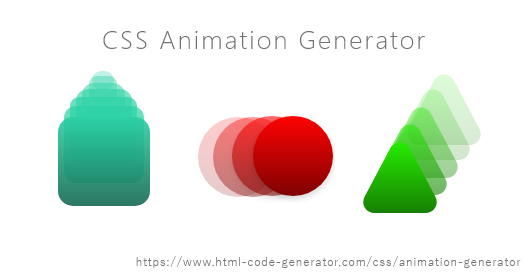

Using a simple animation slider, there are several ways to make a transition effect more smooth or rapid, instead of the one example that other builders provide.
#FADE IN ANIMATION CSS HOW TO#
Unlike CSS animation, it is easy to understand how to add fade and grow transitions to fit your style and work on their uniqueness. Unlike CSS animations, these effects and their transitions of animations are automatically set when you pick them and can be changed at any time when you might need them. It prevents the user from skipping to content and exploring other content after the first animation. Only when the visitor hovers over the element of the group does the first transition from the seemingly blank square start, and the element's content grows and shows itself. The fade and grow default animation grows and fades each one of the elements in the group without style sheets or adding CSS animation.

These properties make the element from the group more interesting and engaging. Also, see how to change the default duration property to set animation timing. Then look through the default setting of the fade transition property and decide what transparency, scale, or rotation will suit your landing page the most. When you enter this section, first activate the hovering animation effect. Make sure to select the group before going to the options panel and picking the animations on starting position. Set the fade and grow animation for the whole group of elements if you require an interactive interface for many elements at the same time with no CSS animations applied.

How To Use Fade And Grow Start Position Animations For A Group


 0 kommentar(er)
0 kommentar(er)
